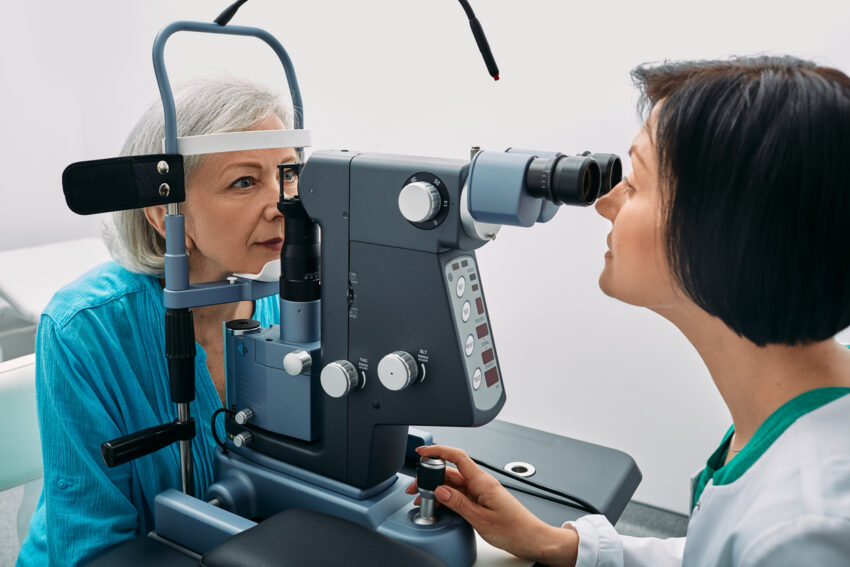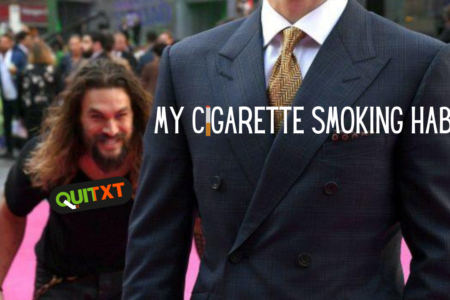
Share On Social!
The National Eye Institute has provided educational tools and resources in both English and Spanish that focus on vision rehabilitation.
Let’s explore these resources and how they can be beneficial for Latinos.
What is Vision Rehabilitation?
Millions of people in the United States are living with visual impairments like blindness, glaucoma, cataracts, and other vision problems.
“A visual impairment can make it hard to do everyday activities like driving or reading,” according to the National Eye Institue. “A visual impairment can’t be fixed with glasses, contacts, or other standard treatments like medicine or surgery.”
Vision rehabilitation can help make the most of the vision you have and improve quality of life.
There are lots of different types of vision rehabilitation services, such as:
- Employment and job training
- Assistive products, like lighting and reading stands
- Technology, like magnifiers and screen readers
- Daily living and independent living skills trainings
- Emotional support, like counseling or support groups
- Transportation and household services
Talking with your eye doctor or your eye care team is a great way to figure out which types of services are right for you.
“Your eye doctor is one resource to help you connect with other eye doctors and organizations that provide vision rehabilitation services,” according to the NEI. “Vision rehabilitation professionals — like occupational therapists or orientation and mobility specialists — may also join your care team and help you make the most of your vision.”
NEI Vision Rehabilitation Resources
The NEI has new videos in English and Spanish for patients can explore how vision rehabilitation can improve their life and whether vision rehabilitation services are right for you?
“If you have a visual impairment, you can benefit from vision rehabilitation services. Vision rehabilitation services can give you skills and resources to help manage your daily life and keep your independence,” according to the NEI.
The NEI also provided a list of organizations that provide vision rehabilitation services, including:
- VisionAware Directory of Services
- Rehabilitation Services Administration State Vocational Rehabilitation Agencies
- American Optometric Association Eye Doctor Directory
Visit the NEI’s website to learn more about eye health, rehabilitation services, and more .
Latinos and Visual Impairment Issues
With Latinos comprising 19.1% of the US population and rising, half of people living with glaucoma will be Hispanic or Latino by 2050, according to the CDC.

Chronic conditions, like diabetes and high blood pressure, which are more common among Latinos, can increase the risk for vision loss.
Latinos also are less likely to have an eye exam, participate in daily physical activity, and have access to health and eye care, which deeply impact their eye health, according to the CDC.
“Diabetes can lead to diabetic retinopathy, the leading cause of blindness in working-age adults in the United States. High blood pressure can cause glaucoma,” according to the CDC.
The social determinants of health (SDoH) – non-medical factors poverty, education, and discrimination – can also contribute to poorer eye health for Latinos.
Preventing and Treating Vision Impairment Issues
On a positive note, serious eye conditions can be detected and treated early.
The CDC recommends several ways to take care of you and your familia’s eye health, including:
- Use protective eyewear
- Learn about your family’s history of eye disease
- Quit smoking or never start
- Live a healthy lifestyle
- Manage your chronic conditions
Adults should consider getting a dilated eye exam.
People with diabetes should have a dilated eye exam every year and adults older than 60 (especially Mexican Americans) every two years, according to the CDC.
“During the exam, visual acuity (sharpness), depth perception, eye alignment, and eye movement are tested. Eye drops are used to make your pupils larger so your eye doctor can see inside your eyes and check for signs of health problems,” according to the CDC. “Your eye doctor may even spot other conditions such as high blood pressure or diabetes, sometimes before your primary care doctor does.”
Learn More with the Health Equity Report Card
Ensuring that your eyes are healthy and taken care of ultimately impacts your overall health.
But what about the health of your community?
Explore Salud America’s Health Equity Report Card by entering your county into the search bar and receive interactive maps and local data on a variety of health-related topics including health care, housing, transportation, and more.
Compare your results to other counties and states across the nation or share your results to start conversations about health disparities and advocate for change in your area.
“You can share an interactive version of your local Health Equity Report Card with decision-makers to build the case to address existing systemic inequities in your community so that everyone has a fair, just opportunity to live their healthiest lives possible,” said Dr. Amelie G. Ramirez, director of the Salud America! Latino health equity program at the Institute for Health Promotion Research in the Department of Population Health Sciences at UT Health San Antonio.
By The Numbers
24
percent
of Mexican American-nonsmokers are exposed to secondhand smoke



